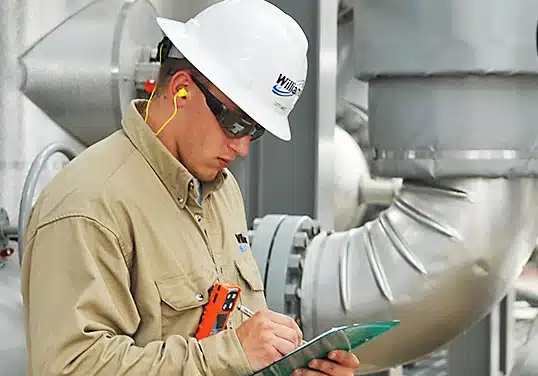Laser Profilometry (LAS) is a technique used to measure the surface profile or shape of an object with high precision. Let’s break down the key points to understand it better:
Imagine you have a surface, like a piece of metal, and you want to know every tiny bump and groove on it. Laser Profilometry uses a laser beam to scan the surface and create a detailed map of its features.
How Does It Work?
- Laser Beam: A laser beam is directed at the surface of the object.
- Reflection: The laser light reflects off the surface and is captured by a sensor.
- Measurement: The sensor measures the distance between the laser source and the surface at multiple points.
- Data Collection: These measurements are collected and processed to create a 3D image or profile of the surface.
Why Use Laser Profilometry?
- Precision: It can detect very small surface features, much smaller than what you could see with the naked eye.
- Non-contact: Since it uses light, it doesn’t physically touch the object, which is important for delicate or soft materials.
- Speed: It can quickly scan large areas compared to some other methods.
Where is it Used?
- Manufacturing: To ensure that parts are made correctly with the right dimensions.
- Quality Control: To check for defects or irregularities on surfaces.
- Research and Development: For studying the surface properties of new materials.
Visualizing Laser Profilometry
Think of it like shining a flashlight on a bumpy wall. As the light moves across the wall, it highlights all the dips and peaks.
Now imagine if you could record exactly how high each bump is and how deep each dip goes. That’s similar to what Laser Profilometry does, but with much greater precision.
#laser


